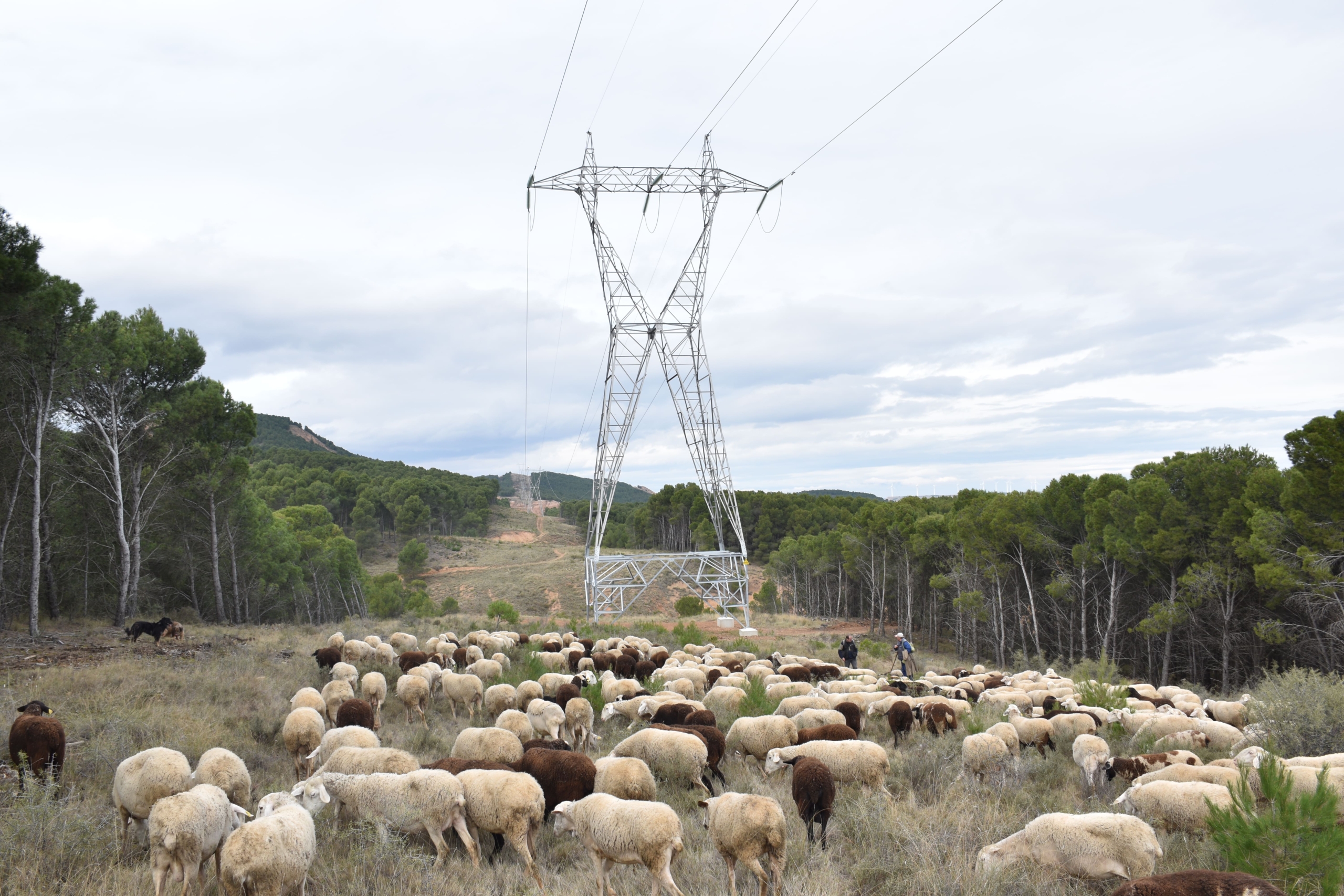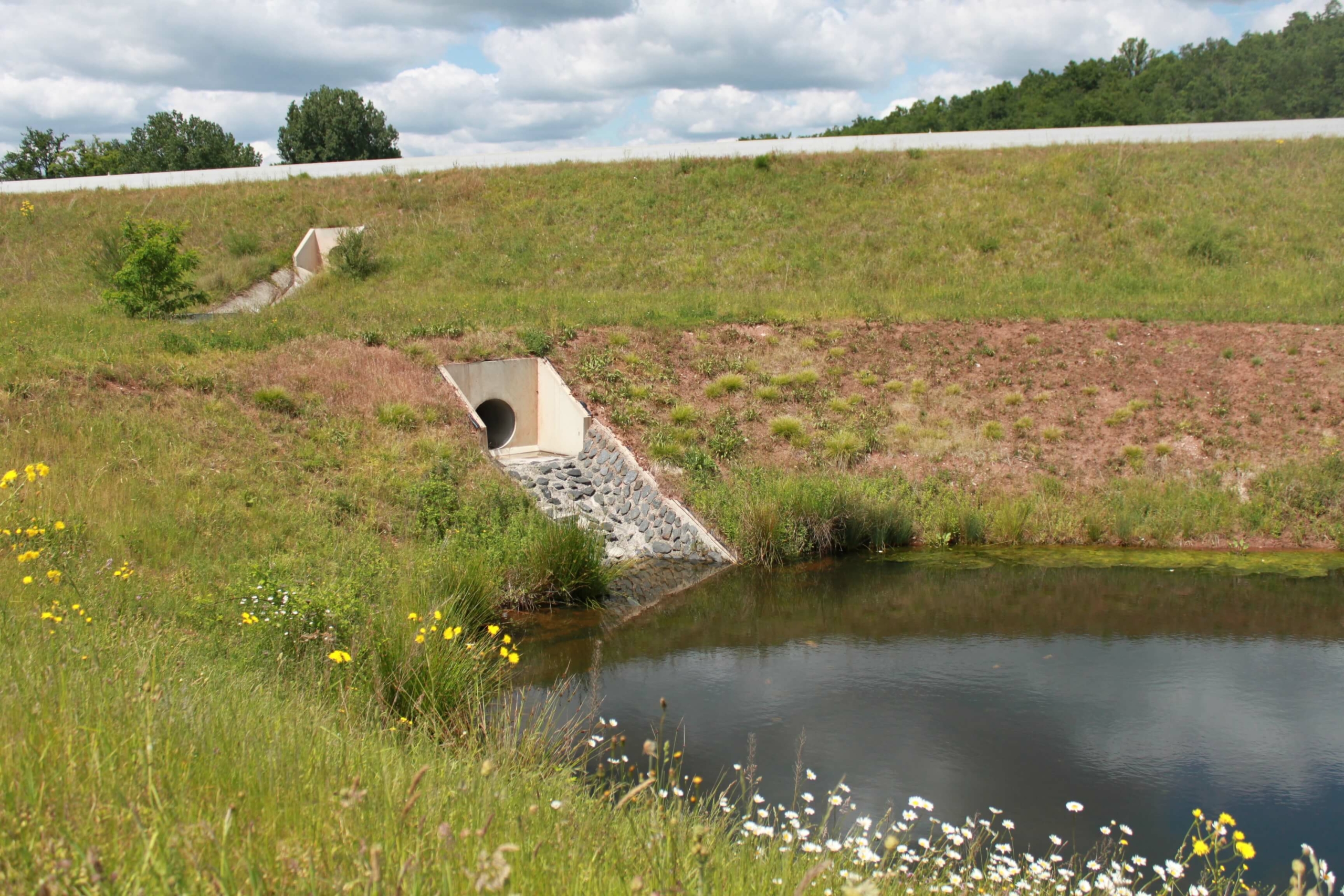Pollution by chemicals is one of the most important impacts caused by transport infrastructure during the operation phase. It affects surrounding landscapes but also soil in verges and other Habitats-related to Transport Infrastructure (HTI). Focus is often mainly on reducing pollutants from exhaust emissions, but there are many other sources of chemical pollution that can affect biodiversity, like emissions from brakes, tyres in friction with road pavement and products used for infrastructure maintenance.
Reducing use of chemical on infrastructure maintenance
- Chemical substances used for carriageways and verge maintenance such as herbicides, pesticides and de-icing salt are important sources of pollutants with negative impacts on biodiversity. These substances can be dispersed to surrounding landscapes as a result of runoff, affecting terrestrial and also aquatic systems up to a kilometre away from the infrastructure (see Chapter 1 – Ecological effects of infrastructure). The potential impact on human health is also an important issue to be considered.
- Adapting vegetation management on the infrastructure to avoid the use of products which are highly toxic, carcinogenic, mutagenic etc., is the most important measure. Many infrastructure operators, together with administrations and municipalities are concerned about these hazards and have undertaken a progressive ‘naturalisation’ of vegetation management. Different strategies which include an accurate selection of the vegetation composition and use of innovative methods for pest control may be applied. An extensive number of alternative methods to control vegetation (particularly Invasive Alien Species (IAS)) are described in Section 5.8 – Invasive Alien Species (IAS)). Biological methods for vegetation control must be progressively implemented in vegetation maintenance plans. If chemicals are required, low toxicity products must be selected to ensure their short duration in the environment.
- Fertiliser use is not recommended. Planting species adapted to local conditions and which have low growth rates will reduce the need for maintenance tasks as well as the risk of negatively affecting ecosystems.
- Mechanical methods for vegetation control, too expensive for implementation across the whole transport network, can be used where infrastructure crosses sensitive areas such as natural protected areas or ecological corridors. Some alternative management methods can provide additional benefits to local stakeholders, for example livestock grazing (Figure 5.6.8).
- De-icing salt used on roads to guarantee safety during periods of snow or ice is also a source of pollution. This substance not only impacts species and habitats in the surrounding ecosystems, but also contributes to degradation of vehicles and parts of infrastructure such as surfacing. Alternative methods which do not have impacts on wildlife are the use of calcium magnesium acetate or plant-based de-icers, especially the former, which is biodegradable and does not need to be mixed with salt. Other innovative solutions that could be applied in specific situations are electrically conductive concrete (ECON) and geothermal energy, which is being tested on runways at airports where the application is more limited and the conditions can be better controlled.
Runoff water management
- Managing the runoff of water from infrastructure is another key point to avoid impacts on surrounding ecosystems. Runoff water usually accumulates on verges and ditches, infiltrates the groundwater, and transport chemical pollutants to surrounding landscapes (Figure 5.6.9A).
- To avoid the spread of chemical pollutants, water collecting in drainage channels and ditches can be conducted to runoff retention ponds where solids may sediment and treatment to reduce pollution may be provided. Ideally, this water must be treated and only discharged when traffic-related pollutants have reduced to below legal thresholds (Figure 5.6.9B). When crossing sensitive areas (e.g., protected wetlands and rivers) an enhancement of this measure is to seal some sections of the road, ensuring that all runoff goes to a retention pond or, in exceptional circumstances, to treatment plants (Figure 5.6.9C). In some countries advanced treatments of runoff water are undertaken by using ‘technical soils’ and other commercial filters. Biochar is a substance which also has potential for runoff treatment because of its high porosity and absorption capacity of toxic pollutants.
- Retention ponds that contain water with appropriate quality (low levels of chemicals produced in infrastructure maintenance) can provide benefits to biodiversity, for example as a breeding area for amphibians (Figure 5.6.10; see Section 5.7.2 – Ponds and other blue areas). However, it is crucial that they are appropriately maintained to ensure ecological traps are not created (see Chapter 7 – Maintenance).
Polluted soils management
- Particular areas close to infrastructure may have soils polluted by high levels of chemicals which are beyond legal thresholds but which cannot be feasibly excavated and transported to a waste treatment facility. If the polluted zone has to be managed as legally defined according to its type of use (e.g., rest area alongside a highway for example), appropriate sealing coverage and revegetation of the area could be effective to reduce pollution scattering by airborne aerosols, by soil movement with erosion and by lixiviation with water. Coating soil can be done with natural topsoil or can be a mix of quarry extraction residue (fines) or composted organic matter and bio-sourced products, such as mycorrhiza. Ecological engineering offers specific revegetation techniques which can be applied. Regarding metal pollution, some plant species can be used for Phyto-extraction, with high specificity. Some other species are known to avoid stocking metals and can be used as biomass energy (e.g., Miscanthus x giganteus).
- In the event of materials with low levels of toxicity, specific revegetation techniques can be applied to polluted soil which will reduce the spread of pollutants via air, soil movement or water contamination.
- Soil treatment using biochar is a novel technology which may help to immobilise heavy metal pollutants. Biochar also readily absorbs some toxic and highly persistent pollutants like polycyclic aromatic hydrocarbons which are found alongside road infrastructures.


